
 |
||||||||||||||
|
|
|
|
|
|
|
|
|
|
|
|
|
|
|
|
|
|
|
|
|
|
|
|
||||||||
|
|
|
|||||||||||
|
|
 |
|
|
|||||||||
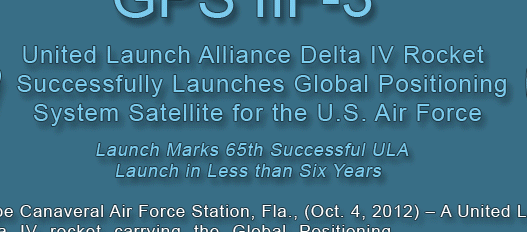 |
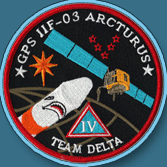 |
|
|
|||||||||
 |
|
|||||||||||
 |
|
|||||||||||
 |
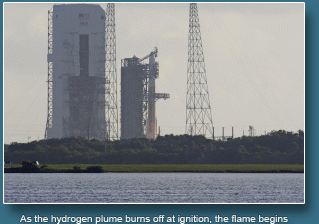 |
|
||||||||||
|
|
|
|||||||||||
 |
|
|||||||||||
|
|
|
|||||||||||
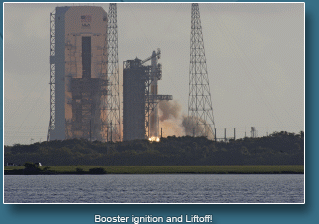 |
|
|||||||||||
|
|
|
|||||||||||
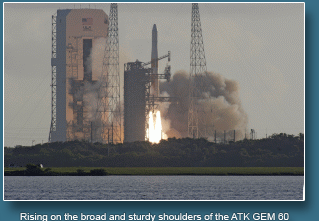 |
|
|||||||||||
|
|
|
|||||||||||
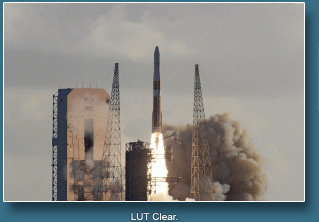 |
|
|||||||||||
|
|
|
|||||||||||
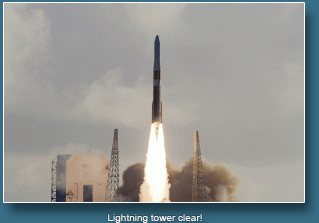 |
|
|||||||||||
|
|
|
|||||||||||
 |
|
|||||||||||
|
|
|
|||||||||||
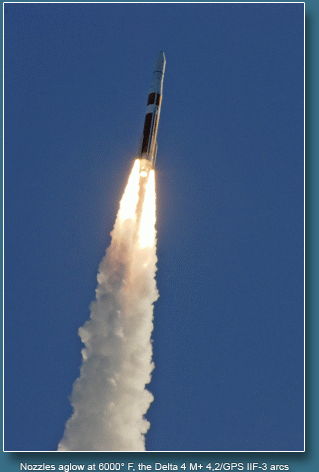 |
|
|||||||||||
|
|
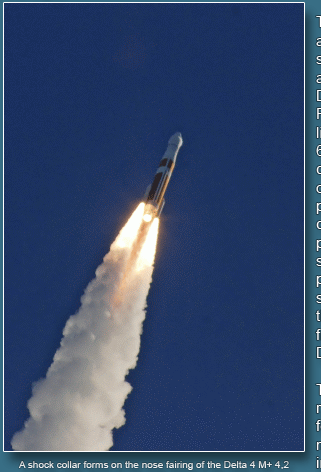 |
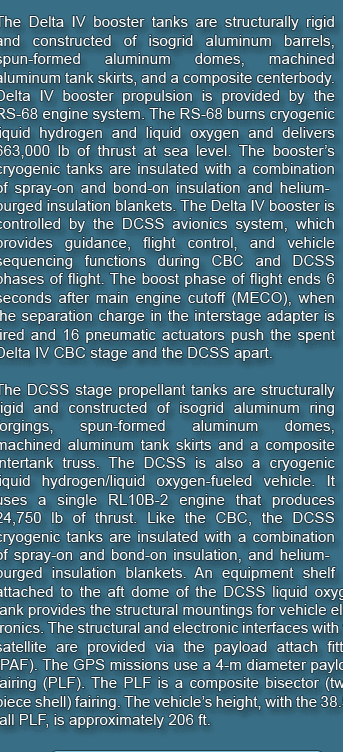 |
|
|||||||||
|
|
|
|||||||||||
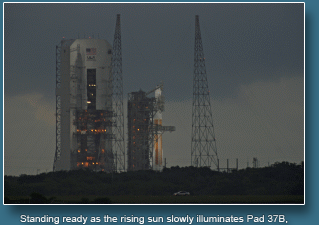 |
|
|||||||||||
|
|
|
|||||||||||
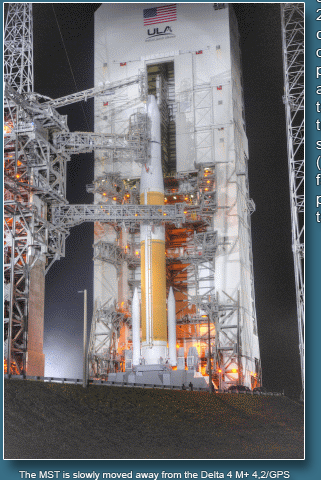 |
|
|||||||||||
|
|
|
|||||||||||
|
|
 |
|
|
|||||||||
 |
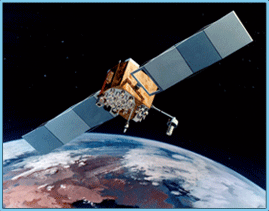 |
|
|
|||||||||
 |
|
|||||||||||
 |
|
|||||||||||
 |
|
|||||||||||
|
|
|
|
|
|
|
|
|
|
|
|
|
|

United Launch Alliance Delta IV Rocket Successfully Launches Global Positioning System Satellite for the U.S. Air Force Launch Marks 65th Successful ULA Launch in Less than Six Years Cape Canaveral Air Force Station, Fla., (Oct. 4, 2012) � A United Launch Alliance (ULA) Delta IV rocket carrying the Global Positioning System (GPS) IIF-3 payload for the United States Air Force lifted off from Space Launch Complex-37 here at 8:10 a.m. EDT today. This launch marks the 9th ULA launch this year, the 54th Evolved Expendable Launch Vehicle (EELV) mission, and the 65th launch since ULA was formed nearly six years ago. �Congratulations to the entire team on today�s successful launch of the GPS IIF-3 satellite,� said Jim Sponnick, ULA vice president, Mission Operations. �ULA and our mission partners have a rich heritage with the GPS program and we are proud to have served alongside the government and contractor teams over the last two decades to provide important Global Positioning System capabilities for our national defense and for millions of civilian and commercial users around the world." This mission was launched aboard a Delta IV Medium-plus configuration vehicle using a ULA single common booster core powered by a Pratt & Whitney Rocketdyne RS-68 main engine, along with two Alliant Techsystems GEM 60 solid rocket motors. The payload was encapsulated by a composite payload fairing and powered by the four-meter diameter upper stage using the PWR RL10B-2 engine. The GPS IIF-3 launch marked the ninth flight of the Delta IV medium+ (4,2) configuration and the 21st flight of the Delta IV family of launch vehicles. �We are honored to be the primary launch provider for our nation. Reliability, quality, and on-time performance are ULA�s hallmarks,� said Sponnick. �Our nation�s soldiers, sailors, airmen, and Marines rely on our performance in accurately placing our customer�s critical payloads in their required orbits.� GPS IIF-3 is the third in a series of next generation GPS satellites and will join a worldwide timing and navigation system utilizing 24 satellites in six different planes, with a minimum of four satellites per plane positioned in orbit approximately 11,000 miles above the earths� surface. The GPS IIF series provides improved accuracy and enhanced performance for GPS users.GPS Block IIF, or GPS IIF is an interim class of GPS satellite, which will be used to keep the Navstar Global Positioning System operational until the GPS Block IIIA satellites become operational. They are being built by Boeing, and will be operated by the United States Air Force following their launch by United Launch Alliance, using Evolved Expendable Launch Vehicles. They will be the final component of the Block II GPS constellation to be launched. The spacecraft have a mass of 1,630 kilograms (3,600 lb) and a design life of 12 years. Like earlier GPS satellites, Block IIF spacecraft operate in semi-synchronous medium Earth orbits, with an altitude of approximately 20,460 kilometres (12,710 mi), and an orbital period of twelve hours. The satellites will replace the GPS Block IIA satellites which were launched between 1990 and 1997 and were designed to last 7.5 years. Eleven of those satellites are still in use, including four that were launched in 1992. Because the Evolved Expendable Launch Vehicles are more powerful than the Delta II, which was used to orbit earlier Block II GPS satellites, they can place the satellites directly into their operational orbits. As a result, Block IIF satellites do not carry apogee motors. The original contract for Block IIF, signed in 1996, called for 33 spacecraft. This was later reduced to 12, and program delays and technical problems pushed the first launch from 2006 to 2010. The IIF series expand on the capabilities of the IIR(M) series with the addition of a third civil signal in a frequency protected for safety-of-life transportation. The "F" in IIF stands for follow-on. Compared to previous generations, GPS IIF satellites have a longer life expectancy and a higher accuracy requirement. Each spacecraft uses a mix of rubidium and cesium atomic clocks to keep time within 8 billionths of a second per day. The IIF series will improve the accuracy, signal strength, and quality of GPS. Developed by Boeing, the IIF series includes a total of 12 satellites: SVN-62 through SVN-73. The first IIF satellite launched in May 2010. As of September 2012, there were two operational IIF satellites in the GPS constellation, with a third set for launch on October 4, 2012 at 8:10 am EDT. Key Improvements: * Operational version of the third civilian GPS signal (L5) for transportation safety. * 12-year design lifespan. * Extremely accurate atomic clocks. Delta IV Medium+ (4,2) Launch Vehicle The Delta IV Medium+ (4,2) consists of a single Delta IV common booster core (CBC), the Delta cryogenic second stage (DCSS), and two solid rocket motors (SRM). The CBC and the DCSS are connected by a composite cylindrical interstage adapter (ISA). The SRMs are connected to the booster by two ball-and-socket joints and structural thrusters. The SRMs, with a 60 in diameter and 53 ft length, are constructed of a graphite-epoxy composite. The SRMs burn for approximately 94 seconds and are jettisoned approximately 100 seconds into the flight. The Delta IV booster tanks are structurally rigid and constructed of isogrid aluminum barrels, spun-formed aluminum domes, machined aluminum tank skirts, and a composite centerbody. Delta IV booster propulsion is provided by the RS-68 engine system. The RS-68 burns cryogenic liquid hydrogen and liquid oxygen and delivers 663,000 lb of thrust at sea level. The booster�s cryogenic tanks are insulated with a combination of spray-on and bond-on insulation and helium-purged insulation blankets. The Delta IV booster is controlled by the DCSS avionics system, which provides guidance, flight control, and vehicle sequencing functions during CBC and DCSS phases of flight. The boost phase of flight ends 6 seconds after main engine cutoff (MECO), when the separation charge in the interstage adapter is fired and 16 pneumatic actuators push the spent Delta IV CBC stage and the DCSS apart. The DCSS stage propellant tanks are structurally rigid and constructed of isogrid aluminum ring forgings, spun-formed aluminum domes, machined aluminum tank skirts and a composite intertank truss. The DCSS is also a cryogenic liquid hydrogen/liquid oxygen-fueled vehicle. It uses a single RL10B-2 engine that produces 24,750 lb of thrust. Like the CBC, the DCSS cryogenic tanks are insulated with a combination of spray-on and bond-on insulation, and helium-purged insulation blankets. An equipment shelf attached to the aft dome of the DCSS liquid oxygen tank provides the structural mountings for vehicle electronics. The structural and electronic interfaces with the satellite are provided via the payload attach fitting (PAF). The GPS missions use a 4-m diameter payload fairing (PLF). The PLF is a composite bisector (two-piece shell) fairing. The vehicle�s height, with the 38.5-ft tall PLF, is approximately 206 ft.